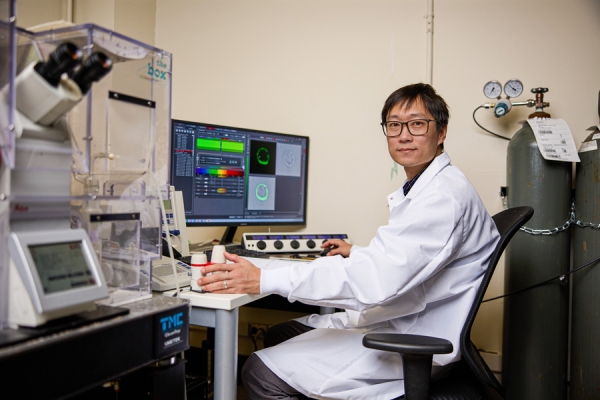High in the treetops of a Chinese rainforest, Ming Guo began to explore the influence of a single cell.
A student in China’s Tsinghua University, Guo was studying the mechanical properties of plant cells. As part of his master’s thesis he took on an intriguing question: Does a cell’s physical integrity — its size, shape, squishiness, or stiffness — have anything to do with how tall a tree grows?
In search of an answer, Guo visited forests across the Yunnan province, collecting leaves from the tallest trees, some towering over 200 feet — too high for Guo himself to climb. So, he enlisted the help of a student in the university’s rock climbing club, who scaled the trees and retrieved leaves at various heights along their length.
After analyzing the individual plant cells within each leaf, Guo observed a pattern: The higher the leaves, the smaller the cells. And, more interesting still, the size of a single cell could more or less predict how tall a tree can grow.
Read more at Massachusetts Institute of Technology
Photo: Ming Guo’s research bridges multiple fields, including cell biology, physics, and mechanical engineering, and he is working to apply the insights from cell mechanics to engineer materials for biomedical applications, such as therapies to halt the growth and spread of diseased and cancerous cells. Credits: Jared Charney


